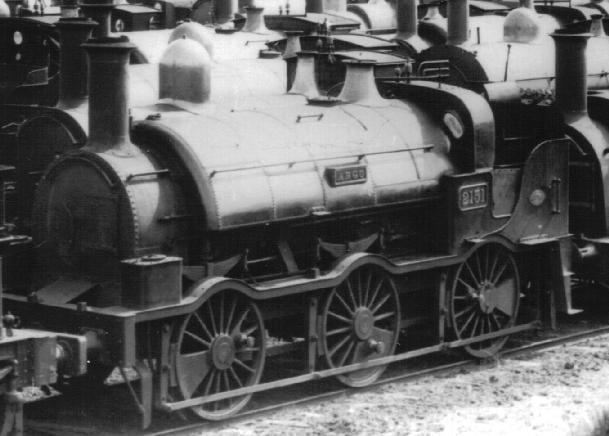Power type Steam Build date 1860–1864 Configuration 0-6-0ST | Serial number 392–396, 523–524, 558 Total produced 8 | |
 | ||
Builder Slaughter, Grüning and Company | ||
The eight Dido class locomotives were 0-6-0 saddle tank broad gauge locomotives operated on the South Devon Railway and Cornwall Railway and associated other adjacent railways. They were designed for goods trains but were also used on passenger trains when required.
Contents
The locomotives were ordered by Evans, Walker and Gooch who were now contracted to operate the locomotives for both the railways. They were built by Slaughter, Grüning and Company.
The locomotives of both railways were operated as a combined fleet by the South Devon Railway after 1 July 1866. On 1 February 1876 the South Devon Railway was amalgamated with the Great Western Railway, the locomotives were given numbers by their new owners but continued to carry their names too.
Four similar locomotives were built for the Vale of Neath Railway in 1861. Some of these could be found working on the South Devon lines after the 1876 amalgamation.
There is some question of identification between some members of this class and the closely related Romulus class, see Sheppard (2008). The earlier Dido locomotives had 16½ in × 24 in cylinders and 4 ft 6 in driving wheels, the later Romulus locomotives had slightly larger cylinders and wheels of 17 in × 24 in and 4 ft 9 in wheels. Sheppard (2008) lists Hebe, Ajax, Brutus, Argo, Atlas, Juno as the Romulus class, along with Romulus and Remus. The Dido class (which Sheppard (2008) describes as the Ada class) consists of Dido and Hero, together with three Llynvi Valley Railway locomotives: Rosa (rebuilt from a 4-4-0ST), Ada and Una.
